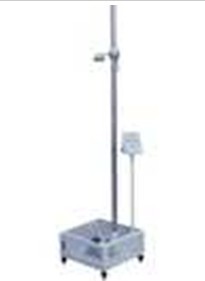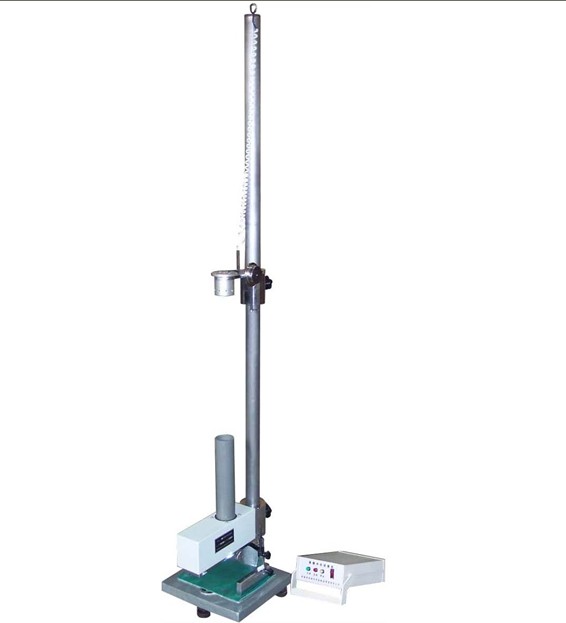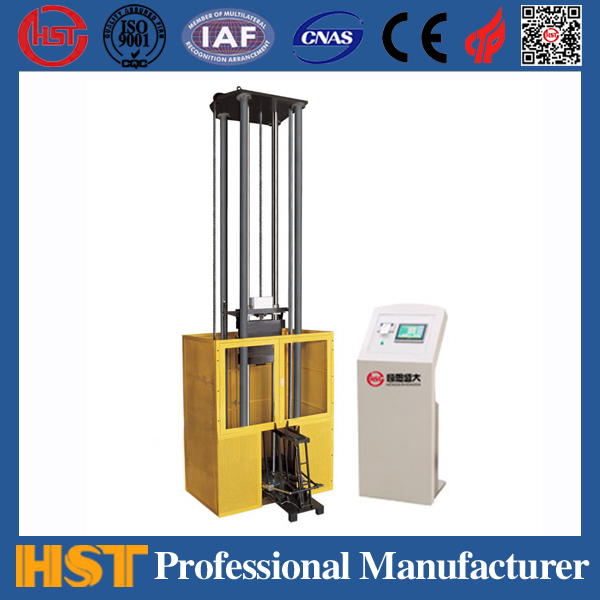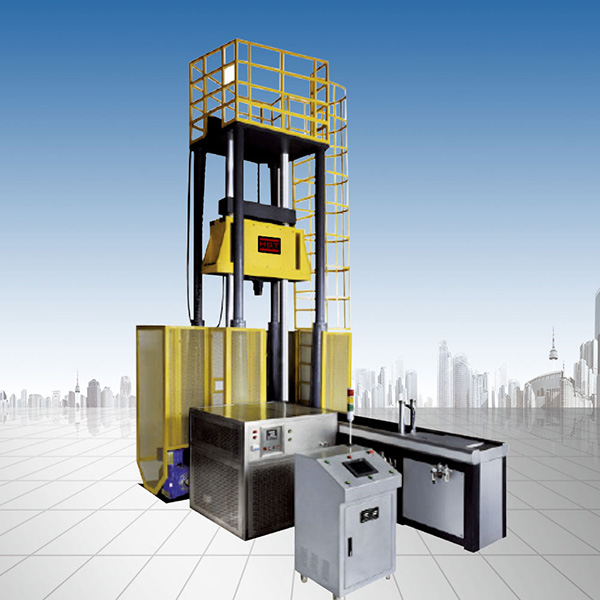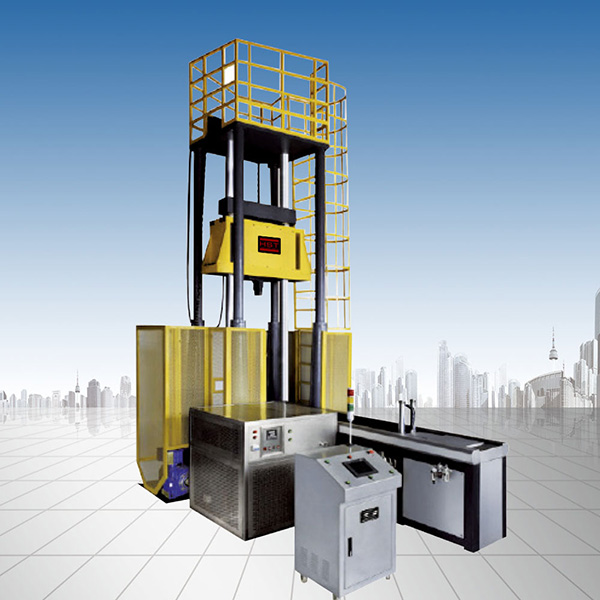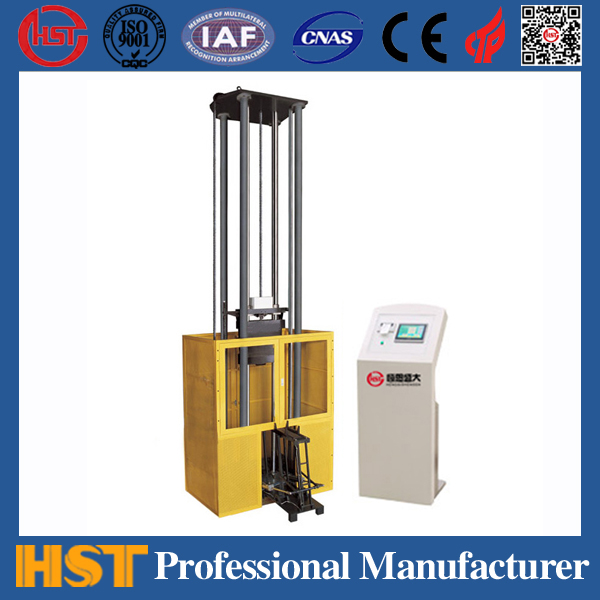Company News
The correct connection method of the universal testing machine to make the calibration force standard device
Release time:2018-11-23 source:Jinan Hengsi Shanda Instrument Co., Ltd. Browse:
Universal testing machineThe digital display device is carefully designed and composed of a 16-bit microcontroller. There are two input signals. One analog quantity comes from the S-type tension sensor and is input after twelve-bit high-speed A/D conversion; the other is a limit protection socket, and the output signal is one, namely the driving motor signal interface. The overall design of the electronic universal test machine is exquisite, sensitive to reaction, stable and reliable in performance, and is a control instrument for various simulated physical measurement instruments.
The system connection and power-on of the electronic universal test machine are each connected and powered on. The host and digital display device have a socket, and the host is a 380V four-core motor power socket. The display device is 220V, and the three-core power supply is connected to the socket. After plugging in the power supply socket, the system can be powered on.
The keyboard and display of the universal test machine. The display window has two rows of twelve digits on the upper and lower rows. The upper row six positions are the force value display, the lower row six positions are the speed display, and the upper row left is the auxiliary display (such as system prompt P). The force value is displayed as Newton. When the force value is displayed, the expression range is from 00000-99999. The next four digits in the next row are the velocity display. The expression range is from 0000 and 9999, and the unit of measurement is millimeters/min.
The force sensor of the universal tester is located below the loading beam. When calibrating, the external calibration mechanism directly places the standard force sensor on the bottom platform of the universal tester, so that the universal tester force sensor and the standard force sensor are directly connected in series, and then the loading beam is moved downward, moving along the direction of gravity acceleration.
Through force analysis, it can be concluded that the calibration force sensor in this state is actually performing pressure calibration of the force sensor. Although the loading beam is also moving downward to load, the force sensor is completely different from the stress state during tensile test in this state.
Therefore, when a certain external calibration mechanism calibrates the universal testing machine, it often mistakenly believes that the direction of the beam movement is the direction of the force sensor, that is, it mistakenly uses the pressure calibration result as the pull-out calibration result to issue a calibration report. It shows that the measurement and verification mechanism does not strictly calibrate according to the JJG475-2008 universal testing machine.http://www.hssdtest.com/
Recommended productsPRODUCTS


















